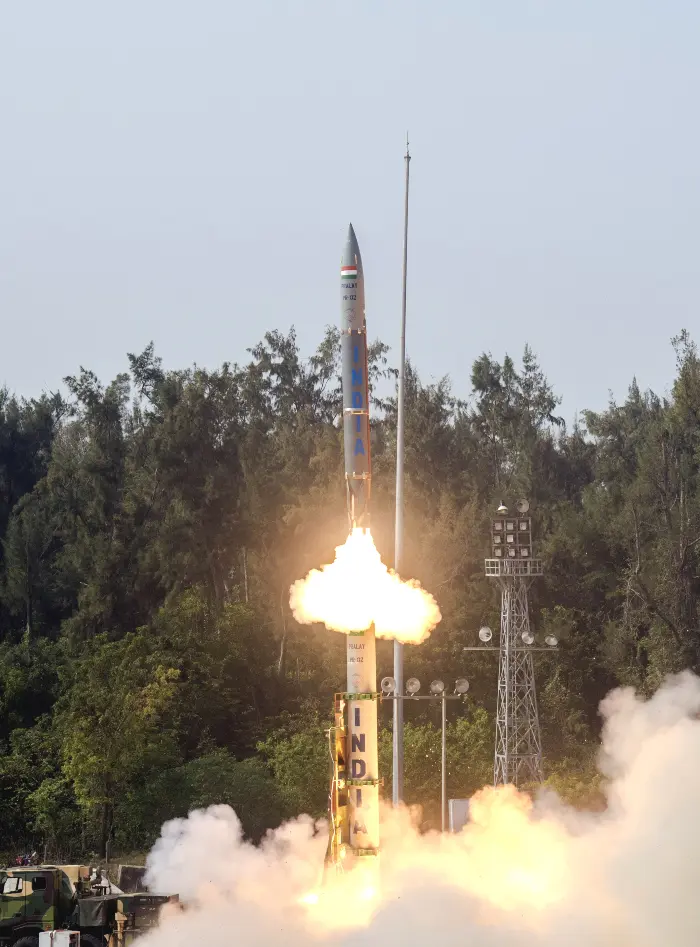India on Thursday carried out the second test of its conventional ballistic missile, Pralay—adding more teeth to deter strikes by China and Pakistan.
The first test of the weapon was carried out on Wednesday.
Why are the back-to-back missile tests significant?
For starters, the Pralay will be India’s first and only ballistic missile, to mount conventional warheads. The rest of India’s ballistic missiles include the Agni series and Prithvi among others mount atomic warheads. This has major operational implications. Since India subscribes to a no-first-use nuclear doctrine, it does not have an option to retaliate to a conventional missile attack. But, with Pralay in its arsenal, New Delhi would be able to impactfully respond to a conventional attack using this missile. In other words, the Pralay fills a critical gap in India's composite military deterrent.
Second, the Pralay missile has the capacity to destroy targets, both on land and at sea, within a 500 kilometres range. Consequently, it will be India’s first “carrier killer” ballistic missile, capable of destroying aircraft carrier battle groups. This is highly significant to effectively counter China’s plans to build several aircraft carriers in the future.
Some Chinese experts have opined that China would require five to six aircraft carriers to project power simultaneously in the West Pacific, as well as the Indian Ocean-India’s core area of concern.
The Global Times quoted Yin Zhuo, a senior researcher at the People’s Liberation Army-Navy (PLAN) Equipment Research Centre as saying that "China needs two carrier strike groups in the West Pacific and two in the Indian Ocean. So, we need at least five to six aircraft carriers," to protect the country’s maritime interests.
Third, the Pralay is a solid-fuelled weapon. This would allow the weapon to be fired in quick succession, as solid fuelled missiles take much less time in preparation for launch, when compared to liquid fuelled missiles. Because of the time factor, solid fuelled missiles are also less likely to be destroyed on ground in the pre-launch phase. Besides, the survivability of the missile is enhanced because of the ability to alter its flight path after the launch, making it difficult for ballistic missile defences to destroy it in mid-air.
The two missile tests were conducted from the APJ Abdul Kalam island in Odisha.
After Wednesday’s test, Defence Minister Rajnath Singh congratulated the Defence Research and Development Organisation (DRDO) and its associated teams for the flight trial. He complimented DRDO for the fast-track development and successful launch of modern surface-to-surface missile.
Also Read: After Agni Prime, India tests surface-to-surface missile Pralay




















